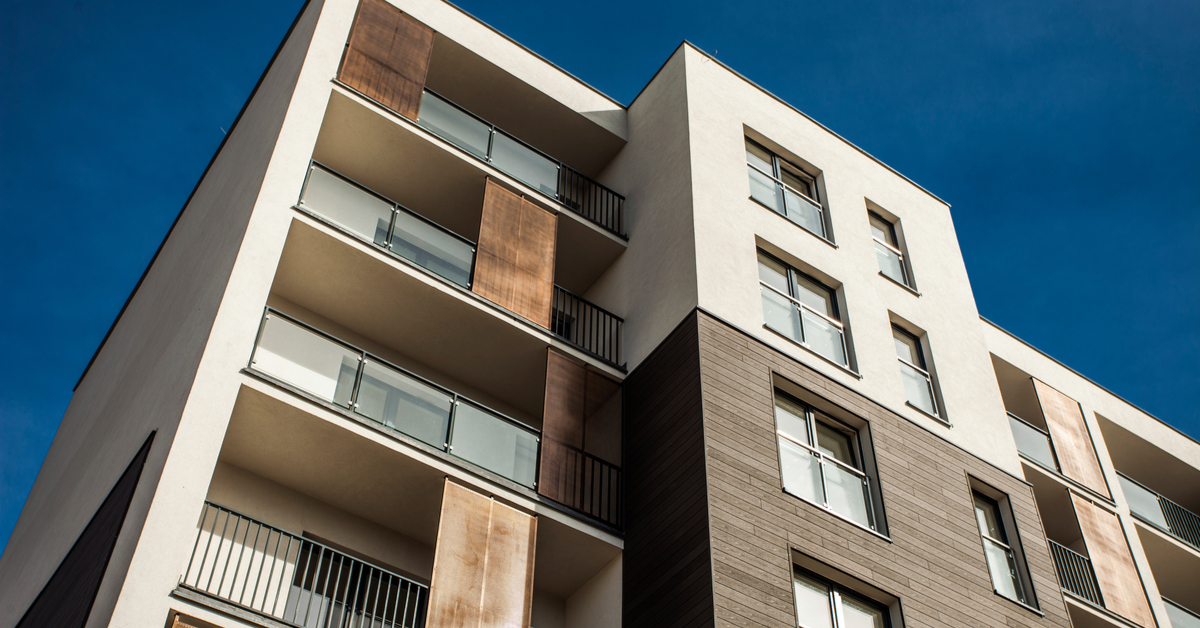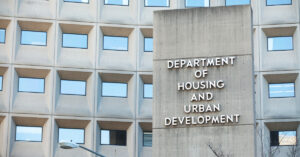Multifamily rents edged upward by $1 in February across the United States, marking the first time in seven months that rents have increased, according to Yardi Matrix.
The average apartment asking rent was $1,713, up 0.1% month over month and 0.6% year over year. The slight uptick leaves rents at essentially the same level as 18 months ago, as the ongoing flat-rent period has seen strong renter demand offset by an unusually large amount of newly delivered square footage. Consider that the national occupancy rate of stabilized properties dropped by 60 basis points to 94.5% annually as of January; that figure had peaked at 96.2% in late 2021.
The construction pipeline, meanwhile, remains extraordinarily active, especially in certain high-growth areas. With 1 million more units expected by Yardi to be delivered through the end of 2025, Yardi anticipates that the occupancy rate will dip even more in the months ahead.
That busy delivery pipeline has disproportionately kneecapped rent growth in some places. Many cities that for years regularly sat near the top of rent growth tables have sank to the bottom because of added and forthcoming supply. Austin, Charlotte, Miami, Nashville, Orlando and Raleigh have all added over 4.0% to their apartment unit stock in the last year. Consequently, all were among the metros posting negative rent growth over the past 12 months, headlined by a 6.2% drop in Austin.
And there’s no quit in those local pipelines any time soon. Austin has 64,000 units under construction set to come online in the next few years, representing more than a fifth of existing stock. Charlotte has 37,000 units in process (17.4% of stock), Miami has 27,900 (17.3%), Raleigh has 30,000 (16.6%) and Nashville has 2,000 (15.9%).
However, while outsized deliveries have impacted investment sentiment as well as rents, demand in most of these markets remains solid. Nashville, for example, led all major U.S. markets in absorption as percentage of stock at 3.8%, followed by Miami at 3.6%, and Phoenix and Austin, both at 3.5%.





